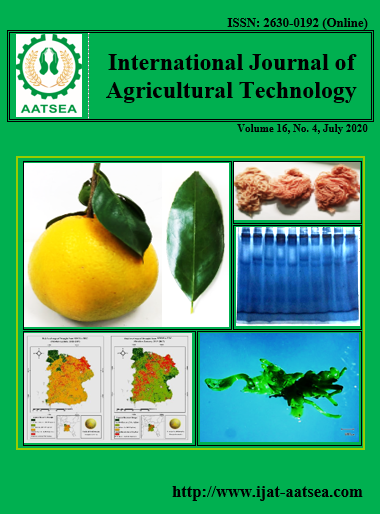Internal environment of the remittance service industry in Cabanatuan City, Philippines
Main Article Content
Abstract
The findings showed that remittances can promote development by providing funds which can be used by the recipients on the education, health care or in investment/ business activities. Remittances are playing an increasingly large role in the country’s economy. Fifteen remittance centers in the City of Cabanatuan and ten customers from each remittance center served as the respondents. Majority of the remittance centers are strategically located in the City Public Market, along the Maharlika Highway, schools, hospitals, market/ commercial establishments, restaurants/ food houses, malls and banks. They are all accessible to transportation facilities, signages and operating for a decade while some are still young in the business. Most of them are organized as corporations, while the others are sole proprietors. Most are direct/sub-agents of Western Union while the others are directly agents of MoneyGram and sub-agents of JRS Express, Palawan Express Padala, Frewill Bilis Padala, and a Provincial Distributor of SMART Money. All are accredited by the Bangko Sentral ng Pilipinas. Most of them are engaged in both transactions of receiving and sending money, both local and abroad. Money transfer fees are mostly given by the management while the others’ are lower than the competitors’. All of them cater to different types of customers like unemployed, businessmen, government employees, students and senior citizens/ retired persons. Majority have not encountered problems regarding their human resources. Only one experienced the fast turnover of staff/ service workers due to job opportunities abroad. Other problems encountered are tardiness, absenteeism, poor customer relation and dishonesty. All customers are satisfied with the fast service in receiving and sending money in the remittance centers. They are also satisfied with the responsive, courteous and professional staff who are attending to their needs with a “smile” on their face.
Article Details

This work is licensed under a Creative Commons Attribution-NonCommercial-NoDerivatives 4.0 International License.
References
Adams, R. H. Jr. (2007). International remittances and the household: analysis and review of global evidence. Policy Research Working Paper Series 4116, The World Bank, Washington, DC.
Agunias, D. R. (2006). Remittances and development: Trends, impacts and policy options: A review of the Literature. Migration Policy Institute, Washington, D.C.
Ang, A. P., Sugiyarto, G. and Jha, S. (2009). Remittances and household behavior in the economy. ADB Economics Working Paper Series No.188.
Carling, J. (2005). Migrant remittances and development cooperation. PRIO Report 1/2005, Oslo.
Cattaneo, C. (2005). International migration and poverty: cross-country analysis. Centro Studi Luca d’Aglian, Torino.
Ghani, E. and Kharas, H. (2010). The service revolution. World Bank Economic Premise Number 14 (May) (online). http://siteresources. Resources/EP14. pdf. Accessed 15 June 2010.
Orrenius, P. M., Zavodny, M., Canas, J. and Coronado, R. (2010). Do remittances boost economic development? Evidence from Mexican States. Research Department Working Paper 1007
Rapoport, H., and Docquier, F. (2005). The economics of Migrants' Remittances. IZA discussion papers, Institute for the Study of Labor (IZA).
Sander, C., and Maimbo, S. M. (2003). Migrant labor remittances in Africa: Reducing Obstacles to Developmental Contributions. Africa Region Working Paper Series No.64, Washington, D.C.: World Bank http://www.worldbank.org/afr/wps/index.htm.
Suro, R. (2003). Remittance senders and receivers: tracking the transnational channels: Pew Hispanic Center, Washington DC.
World Bank (2005). Global development finance 2005, World Bank Washington, D.C.
Yap, J. T. (2006). Driving the Philippine economy in 2006, Development research news Volume XXIV No.1, Philippine Institute for Development Studies.


